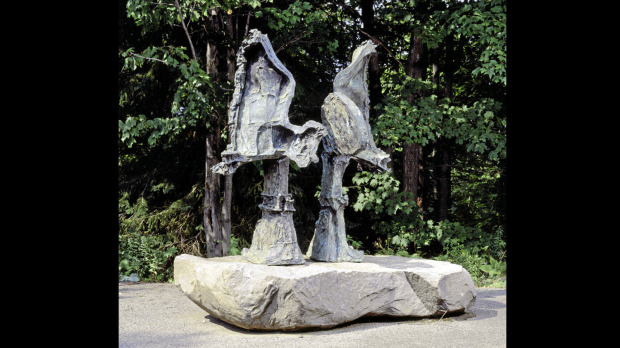Sunday, August 14, 2011 -  Codex Calixtinus,Illuminated Manuscripts,Marc Balcells,Spain
Codex Calixtinus,Illuminated Manuscripts,Marc Balcells,Spain
 No comments
No comments
 Codex Calixtinus,Illuminated Manuscripts,Marc Balcells,Spain
Codex Calixtinus,Illuminated Manuscripts,Marc Balcells,Spain
 No comments
No comments
Codex Calixtinus is missing (English Translation)
 |
| Codex Calixtino |
by Juan José Prieto Gutiérrez. Ph.D, Complutense University of Madrid.
[Translated from Spanish to English by Marc Balcells Magrans, ARCA Class 2011
The Codex Calixtinus, dating from the twelfth century, and considered a jewel of the Galician documentary and bibliographical heritage, disappeared mysteriously on the fifth of July from the Cathedral in Santiago de Compostela. This work, compiling the tradition of the peregrinations and the Jacobean route, was guarded in the Cathedral's archive.
The manuscript was part of a collection of sermons and liturgical texts, and served as a sort of guide for the worldwide famous Camino de Santiago, dating back to the middle ages.
The first inquiries point to the fact that there were no signs of any kind of violence (forced entry, maybe?), despite the Codex was located in a restricted, private area, with access limited both to the public and to researchers (only three persons had acces to the room where the manuscript custodiate: the dean, acting also as an archivist, and his two collaborators, each one working morning and afternoon shifts).
It is worth noting that the book was rarely exhibited. In fact, researchers work with a facsimile edition created years ago. The actual Codex could only be accessed under very punctual circumstances, and always in the presence of an archivist. The Codex had not been exhibited for 18 years.
Initially, one of the possible MO is related to vengeance, or the fact that the theft would reveal the lax security measures in archives and libraries in Spain.
A lack of security measures in Santiago
The first inquiries show big gaps in security: the key was on the lock of the door of the room where the codex was located; and CCTVs are only placed in the Cathedral's cloister, but not where the bibliographical treasures are located.
Facing these facts, the theory that this case should be treated as an insider theft is considered more strongly than others. At the moment, the cathedral has approximatedly a staff of seventy persons working there. The rule of thumb is that between sixty and seventy percent of disappearances of books in libraries and archives are caused by insiders or at least they may be involved.
The return of the stolen material was expected during the first week, all under secret of confession, if taken into account an anonymous phone call promising the devolution of the codex. However, this lead looses its credibility as days go by.
Social alarm usually lasts from ten to twenty days. In this period, security measures are revised, some insurances are bought or revised... After this period, everything goes back to normal, unluckily. Until the next disappearance.
Spanish legislation does not establish the particular security measures that should be in place in order to custody this line of cultural heritage. Taking into account that religious art is in high demand in the market, and that the bibliographical heritage is very easy to smuggle, international police cooperation is usually the preferred method.
Spain is one of the most victimized countries in the last years, when it refers to thefts from libraries. In 2007, the theft of more than 100 historical documents was discovered in the Library of the Foreign Affairs Ministry. One year later, César Gomez Rivero was arrested, as the author of the theft from the National Spanish Library. In summer 2009, Zslot Vamos is arrested, possessing 67 documents, while still 53 are missing.
Hence, and related to this sad incident, one must ask: When will security measures be taken seriously in spaces devoted to the custody of bibliographical and documentary heritage? When will librarians and archivists receive proper training? Will both national and international cooperation amongst different police forces bring any results?






















